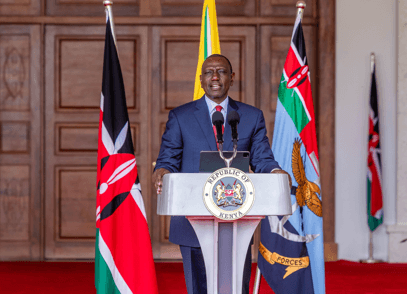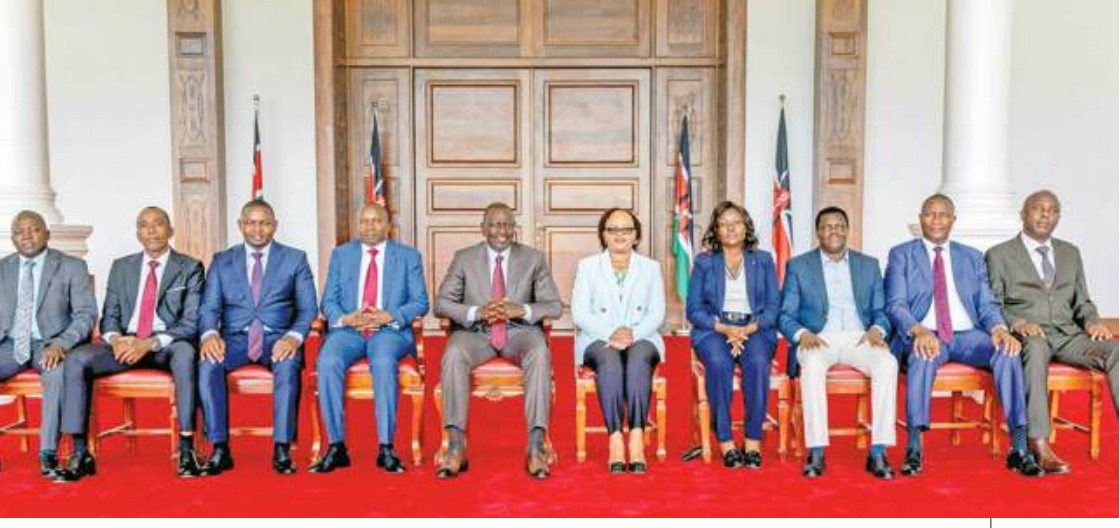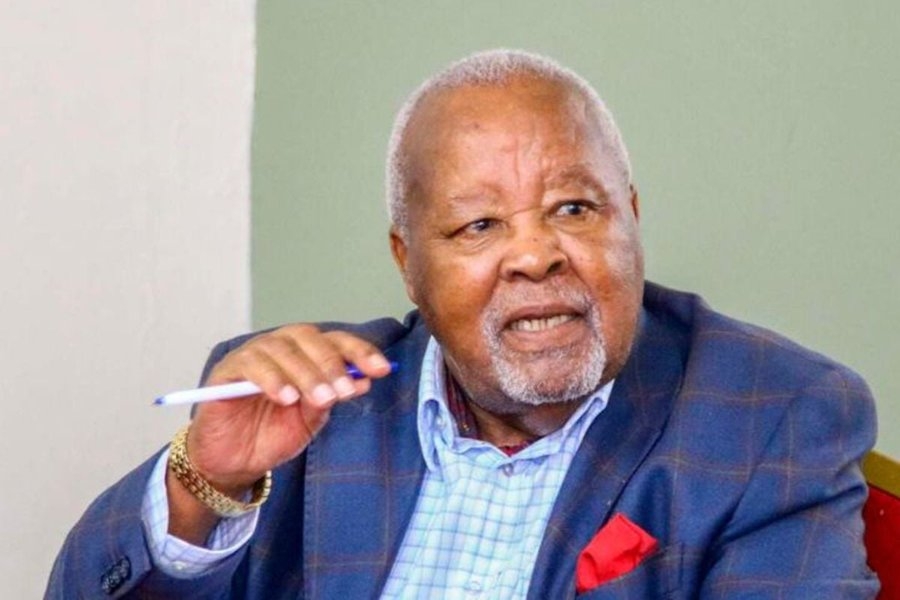USAID-funded Sustainable, Transformational and Accessible Water Interventions project has been launched in Kitui to help improve residents have access to water.
Stawi's five-year project is likely to be a boon to about a half a million residents who have no access to clean water.
Demographic records from the Department of Water indicate that, out of a population of 1,278,000 million people, only 715,680 have access to clean water.
Some 562, 320 people who comprise 44 per cent of the county's population have no access to clean water.
The sorry scenario is not made any better by the fact that the turn around distance to water points could be up to 10km in remote areas of the county.
Stawi was introduced in the county last week during a three day joint-planning co-creation meeting at a Kitui hotel that ended last Friday, September 1.
Kitui county is among nine devolved units set to benefit from the USAID-Stawi activity being undertaken in arid and semi-arid counties in northern and southeastern Kenya with a budget of $24.8 million.
The project aims to reverse historic neglect and enable the government and USAID to achieve their objectives for inclusive economic growth and building resilience.
The forum brought together Stawi and Kitui county government officials, as well as other players in the water sector. The groups crafted a joint work plan.
The occasion was graced by Deputy Governor Augustine Kanani, USAID-Wash senior programme management specialist Martin Mulongo and Stawi chief of party Robert Kisyula.
As he welcomed USAID-Stawi as a partner in finding solution to water challenges facing the county, Kanani said the county government was in partnership with other development agencies in its efforts to enhance water accessibility to its people.
“In this respect we acknowledge the incoming of USAID- Stawi five-year programme running from 2023 -2028,” he said.
He expressed optimism that the Stawi project would help improve governance of water resources and sustainability in delivery of water services.
The deputy governor said Stawi would improve management, efficiency and equitable access to water for productive purposes.
Kanani said through the project, he could also visualise an improvement collaboration and learning across stakeholders, as well as strengthened capacity of county government for learning and adaptation.
He said Stawi was helpful in supplementing the Kitui government's commitment to ensuring access to safe and adequate water for domestic use and irrigated agriculture as envisioned in Governor Julius Malombe’s 'The Kitui Promise' manifesto.
Mulongo said that the idea of working with the county government to implement the project was borne of the fact that the donor wants the projects undertaken to be owned by the devolved unit as opposed to be referred as belonging to USAID.
“We want to work together so that we can make a difference in the next five years. I would like to see more people getting access to water,” he said.
Mulongo said the ultimate goal was to see Kitui embrace irrigated agriculture, thus growing surplus food and ultimately become a game changer in food production.
He said Kenya was benefiting from what he described as the second generation of the US government local water strategy that lasts up to 2027.
“Under this strategy, there are 22 priority countries across the world and we are are happy Kenya is one of them,” Mulongo said.
Kisyula said Kitui was among the nine counties benefiting from the USAID support through the Stawi project. Others are Makueni, Taita Taveta,Garissa, Isiolo, Marsabit, Samburu, Turkana and Wajir.
He said the project's objective was to ensure that Kitui people have access to sufficient water for productive and domestic use and that for livestock and irrigated agriculture.














![[PHOTOS] Ole Ntutu’s son weds in stylish red-themed wedding](/_next/image?url=https%3A%2F%2Fcdn.radioafrica.digital%2Fimage%2F2025%2F11%2Ff0a5154e-67fd-4594-9d5d-6196bf96ed79.jpeg&w=3840&q=100)
